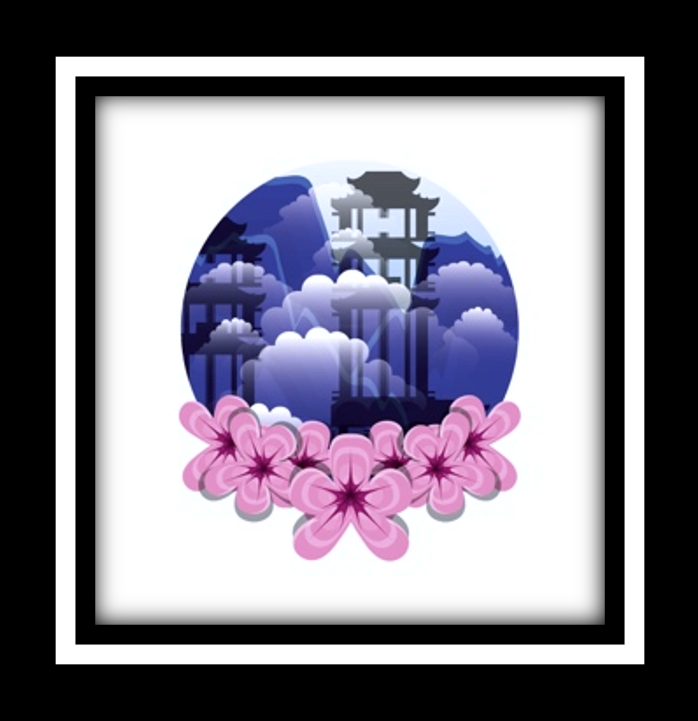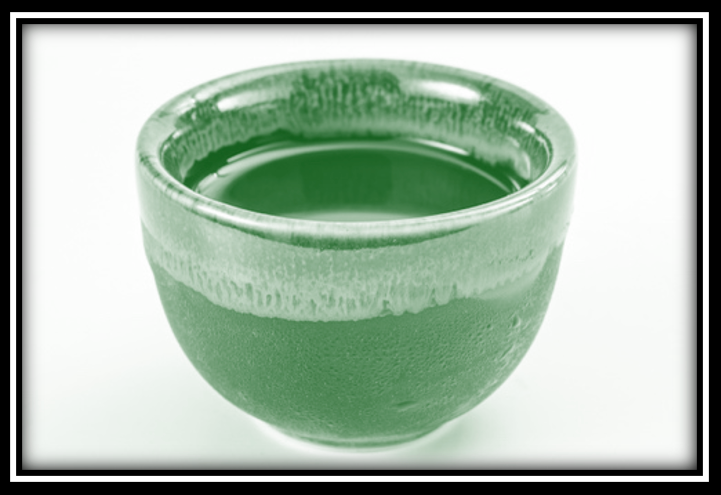REGULAR HOURS: TUESDAY-THURSDAY 12-6PM // FRIDAY & SATURDAY 12-8PM // SUNDAY 12-5PM // CLOSED MONDAYS
EXTENDED HOLIDAY HOURS: OPEN MONDAYS // THURSDAY - SUNDAY OPEN UNTIL 8p // CHRISTMAS EVE 9-2p // CLOSED CHRISTMAS

Click here for the PDF-formatted version
SAKE When the country does not make the master
Book of Bertil 37
INTRODUCTION
Wine list
In the fascinating world of fermented beverages, sommeliers often focus their attention on wine, which is defined as such by the International Organisation of Vine and Wine:"Wine is exclusively the beverage resulting from the complete or partial alcoholic fermentation of fresh grapes (and only grapes), crushed or not, or grape must." Yet, long before the advent of wine, mankind was already consuming other fermented honey-based beverages — known as mead or mead — or primitive forms of beer. These drinks have been attested for more than 7000 years. At the same time, in Asia, the first grain alcohols appeared, including Korean soju (more than 2500 years old), makgeolli, Chinese sake, then Japanese sake, whose origins date back to the end of the Jōmon period (around 400 BC), although their development was linked to rice cultivation as early as the third century AD during the Yayoi period. So why are these products often ignored on wine lists, especially by sommeliers, when it comes to offering food and wine pairings? Perhaps because they are still perceived as marginal, attached to a non-Western cuisine (with the exception of beer), or because they do not correspond to the classic frameworks of oenology. However, when well-chosen and especially when produced locally and in an artisanal way, these fermentations offer rich and unsuspected taste horizons.
CHAPTER 1.0
Verse 37.1.01: Rice, water, yeast and spirituality: Shinto
Shintoism, a traditional Japanese religion, emphasizes harmony with nature, purity of spirit, and respect for kami, sacred spirits present in all natural elements. The practice of misogi (purification ritual) symbolizes this search for inner clarity, which is also essential in the production of sake. Each step of brewing then becomes an act of devotion and respect.

Verse 37.1.02 People: at the heart of excellence
As with wine in the "old world", the notion of terroir is essential in the world of sake. However, it is crucial to remember that people and their know-how are the true guarantors of the quality of a product. Like a chef, a brewmaster (Toji) transforms pure and simple ingredients — rice, water, yeast — into a complex work. A great product that is poorly executed will never produce great emotions. Two particularly notable examples embody this philosophy: Atsuo Sakurai (Arizona Sake) and Alice Jun (Hana Makgeolli). Here is a presentation of their products and their journey.

CHAPTER 2.0
Verse 37.2.01: Three "made in USA" sakes
Although of Asian origin, sake has been able to cross borders. In the United States, some craftsmen, such as Atsuo Sakurai or Alice Jun are reinventing this tradition with products of great finesse.
37.2.02 Japanese sake: between tradition and innovation
Sake is the result of a complex fermentation of rice, in which koji-kin, a fungus (Aspergillus oryzae) responsible for the saccharification of starch, intervenes. The rice, which is polished to remove the outer layers (proteins, lipids, minerals), reveals a heart rich in pure starch, the basis of the most refined flavors.
The main classifications (since 1980) are based on the rate of polishing and the possible addition of alcohol:
Without added alcohol (Junmai):
With added alcohol:
Classic sake adds a little alcohol to release certain aromatic molecules. Modern sake, on the other hand, seeks maximum purity through advanced polishing techniques, resulting in Junmai Daiginjo of great subtlety, with no added alcohol.
37.2.03 Focus: Junmai Ginjo
This high-end sake, fermented slowly at low temperatures, is distinguished by its balance, marked acidity and umami notes. Made without added alcohol, it is similar to fine wines in its aromatic complexity.

Atsuo Sakurai – Arizona Saké
Originally from Yokohama, Sakurai studied for ten years under a Toji master. With no prospects in Japan, he moved to Holbrook, Arizona, where he founded Arizona Sake, a craft brewery using only Arkansas rice and local pure water. His production, faithful to Shinto ethics, won a gold medal in Tokyo in 2018. A product of rare purity, reflecting a perfect symbiosis between craftsmanship and spirituality.
Verse 37.2.04: Korean Makgeolli: Tradition and Rebirth
Makgeolli is a Korean fermented drink made from rice (or other grains such as millet or barley), water, and nuruk, a traditional fermenting agent. Unlike Japanese sake, the rice is unpolished, which gives makgeolli a milky texture, tangy notes due to lactobacilli, and a slight effervescence.
A distinction is made between:
Wonju: undiluted raw version
Takju : version trouble
Makgeolli: Diluted takju, usually slightly sweet
Yakju, filtered and clearer, is similar to sake in its elegance. It is more alcoholic and keeps better, with a refined aromatic palette.
37.2.05: The Yakju
Yakju (약주, literally "medicinal alcohol") is a traditional Korean alcoholic drink, similar to makgeolli, but with notable differences. The Yakju is filtered, which gives a clear and silky Soul, stronger in alcohol, which allows it to be kept longer and has greater gastronomic possibilities due to the quality of its taste refinement.

Alice Jun – Hana Makgeolli (Brooklyn NY)
Of Korean origin, Alice Jun founded Hana Makgeolli in Brooklyn in 2020. Inspired by her father, a home brewer, she is part of a movement to rediscover Korean fermented drinks, by opposing industrial versions that are often sweet and standardized. It uses exclusively American organic rice, traditional methods, and offers authentic artisanal products: yakju, makgeolli, and many others to discover.
CONCLUION
Asian fermented drinks such as sake or makgeolli fully deserve their place on sommelier menus and in gastronomic pairings. Far from being secondary or exotic products, they embody a culture, a philosophy and a know-how of a richness equal to that of wine. It is an invitation to explore other terroirs, other people, and above all, other gustatory emotions.
Arizona Sake, Junmai Ginjo Traditional Sake, Holbrook, AR
This artisanal Junmai Ginjo expresses great finesse and remarkable purity with a delicate and floral nose, notes of Asian pear, honeydew melon, and a touch of steamed rice. There are also subtle nuances of sweet almond and white flowers. On the palate, a silky and fresh attack, with a sweet acidity and a slightly creamy texture. Flavors of green apple, banana and polished rice blend into a clean, almost mineral finish with a long, elegant finish of fresh fruit and a slight umami touch.This sake will be suitable for Japanese dishes as well as subtle Western cuisine. Sashimi or sushi (bluefin tuna, sea bream, scallops) that will enhance the texture and sweetness of the raw fish. Vegetable or shrimp tempura that will clarify the palate while respecting the lightness of the frying. Or a sea bass or scallop carpaccio with lime zest, a risotto with white mushrooms or green asparagus, or a mild goat's cheese or mozzarella di Bufala. But be careful, no sweets (dessert) on this sake.
Arizona Sake, Junmai Ginjo Sake Aged in petrified wood, Holbrook, AR
This Junmai Ginjo is an exceptional sake that is distinguished not only by its purity and elegance, but also by its unique aging process in petrified wood barrels. The nose offers delicate aromas of ripe melon, green apple, and steamed rice, with mineral and slightly smoky touches due to its aging environment. On the palate, the texture is silky, balanced, with a discreet acidity and a clean, slightly umami finish. Thanks to its fine aromatic profile and beautiful minerality, this sake goes particularly well with tuna or sea bream sashimi, which will enhance the freshness of the fish. Or a Yakitori with salt that will accentuate the toasted aromas without overpowering. A mushroom risotto for a very nice umami-umami pairing. A roast chicken with lemon, or a zucchini carpaccio, sesame oil and lemon for freshness and lightness in tune.

Hana Makgeolli, Yakju 14, Brooklyn, NY
This Yakju sits somewhere between a dry white wine and a premium sake, offering a subtly nuanced taste experience. Visually clear with a slightly golden hue, Yakju 14 reveals delicate floral aromas on the nose, Asian pear, cooked rice, light honey, and an almost lactic note typical of natural fermentations. On the palate, it is silky, dry to semi-dry, with a beautiful liveliness and a slight astringency on the finish that balances the roundness, which will go harmoniously with delicate, fermented or slightly spicy dishes. It is positioned as a beautiful alternative to white wines or sake in sophisticated pairings such as, a Hoe (Korean-style 刺身, raw fish) which will be perfect with the clear and lively texture of Yakju, a Jeon (savory pancakes with vegetables or seafood) for the acidity balances the fat of the frying. Or a white Kimchi or gentle fermentations, or the umami of fermented vegetables complements the milky notes of Yakju. For Western cuisine; for a freshness and minerality pairing, fresh oysters or shellfish. A roast or poached chicken with a light sauce will bring subtlety to the accampaniment without masking the product. Fennel, green apple and walnut salad for a play of textures and acidity, and finally grilled asparagus or steamed artichokes.
Mr. B
*Memorandum:
REGULAR HOURS: TUESDAY-THURSDAY 12-6PM // FRIDAY & SATURDAY 12-8PM // SUNDAY 12-5PM // CLOSED MONDAYS
EXTENDED HOLIDAY HOURS: OPEN MONDAYS // THURSDAY - SUNDAY OPEN UNTIL 8p // CHRISTMAS EVE 9-2p // CLOSED CHRISTMAS
